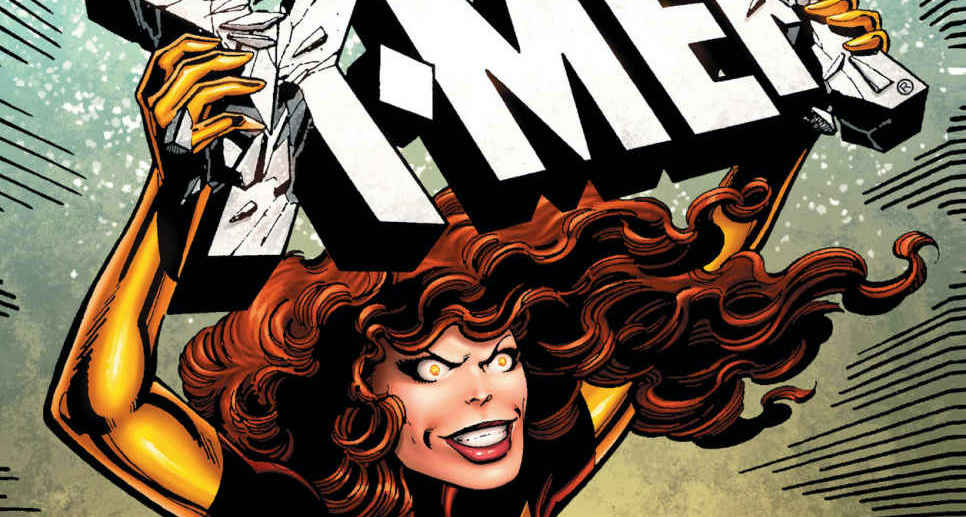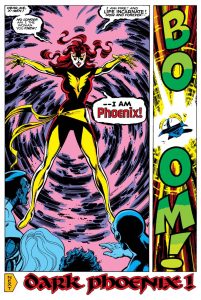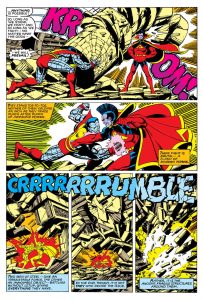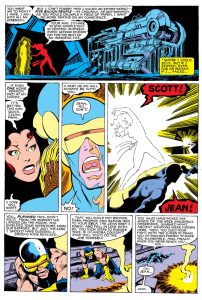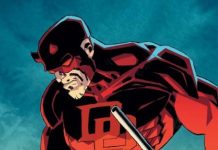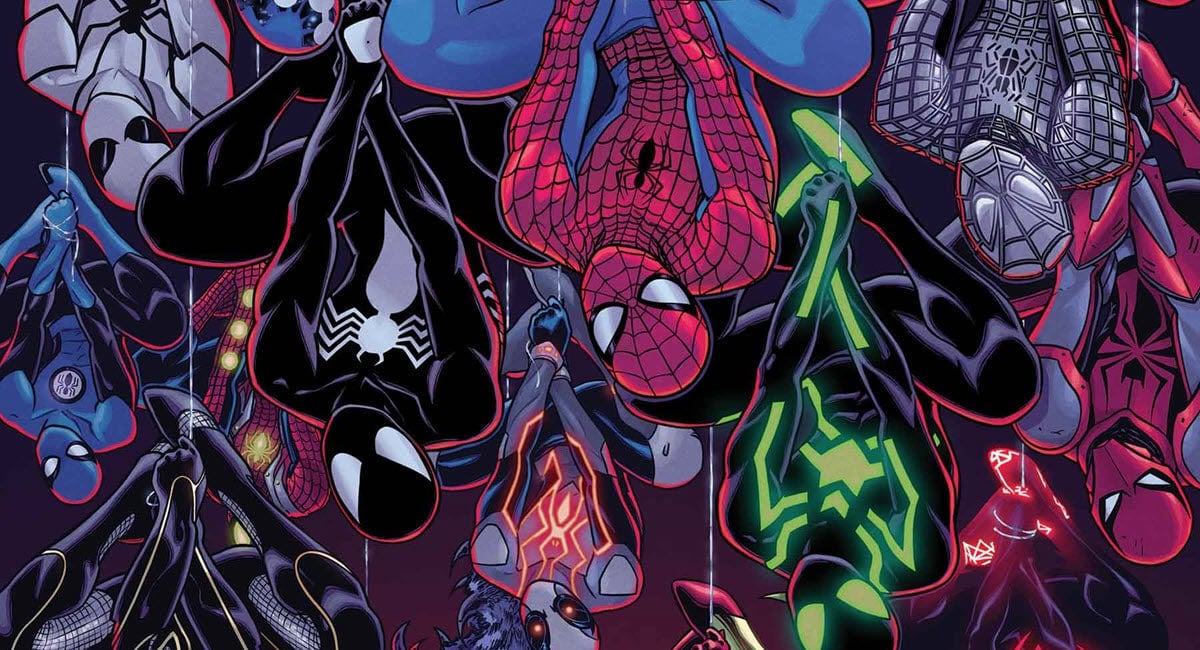This week’s Marvel Rundown is again a look back at a classic tale of Marvel’s past, and this time we’re looking at one of the most beloved X-Men stories of all time: The Dark Phoenix Saga. The culmination of many of the threads of Chris Claremont‘s run with artists John Byrne and Terry Austin is a critical touchpoint for Marvel’s merry mutants, and the first X-Men comic our reviewer ever read.
We’ll see how well this seminal X-story stands up nearly forty years later in this week’s edition of the Marvel Retro Rundown!
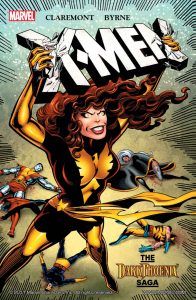
X-Men: The Dark Phoenix Saga
Originally published in X-Men #129-137
Written and Co-Plotted by Chris Claremont
Pencilled and Co-Plotted by John Byrne
Inked by Terry Austin
Colored by Glynis Wein
Lettered by Tom Orzechowski
Cover by John Byrne and Terry Austin
Reviewed by George Carmona 3rd
I remember it being summer. I went with my friends Ali and Laura and their family on a trip to Vermont for a week. For me, a city kid, it was crazy being in a small-town setting where getting to the store was a literal hike and folks hung out a huge pond. And in the ’80s, in a small town at night, TV wasn’t the escape it is today, but I got lucky because their older cousin had a mixed box of comics. No complete runs, just a bit of this and that. Back in the days, there weren’t trades a month after a storyline ended, so if you wanted to get the whole story you had to hunt long boxes at cons or the few comic shops that were around.
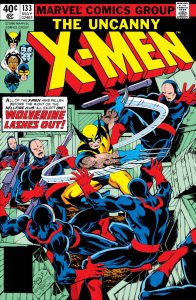
I would be able to get a few other issues of this title, though nothing in order. It would be years later, with Marvel’s X-Men Classic series of reprints with “deleted stories,” that I would get the complete story of the rise and fall of Jean Grey.
A podcast I listen to has a section called “Apex Mountain,” the pinnacle point in someone’s career, and this collection has to be that summit for the X-Men and the creative team of Chris Claremont, John Byrne, and Terry Austin. Yes, there are runs that might stand taller and be a bit more sophisticated, but that’s only because they stand on the shoulders of this run. This lineup for the X-Men at the time is quite possibly the team that most fans associate with the brand: Cyclops, Colossus, Nightcrawler, Storm, Jean Grey/Marvel Girl/Phoenix, Professor X, and Wolverine.
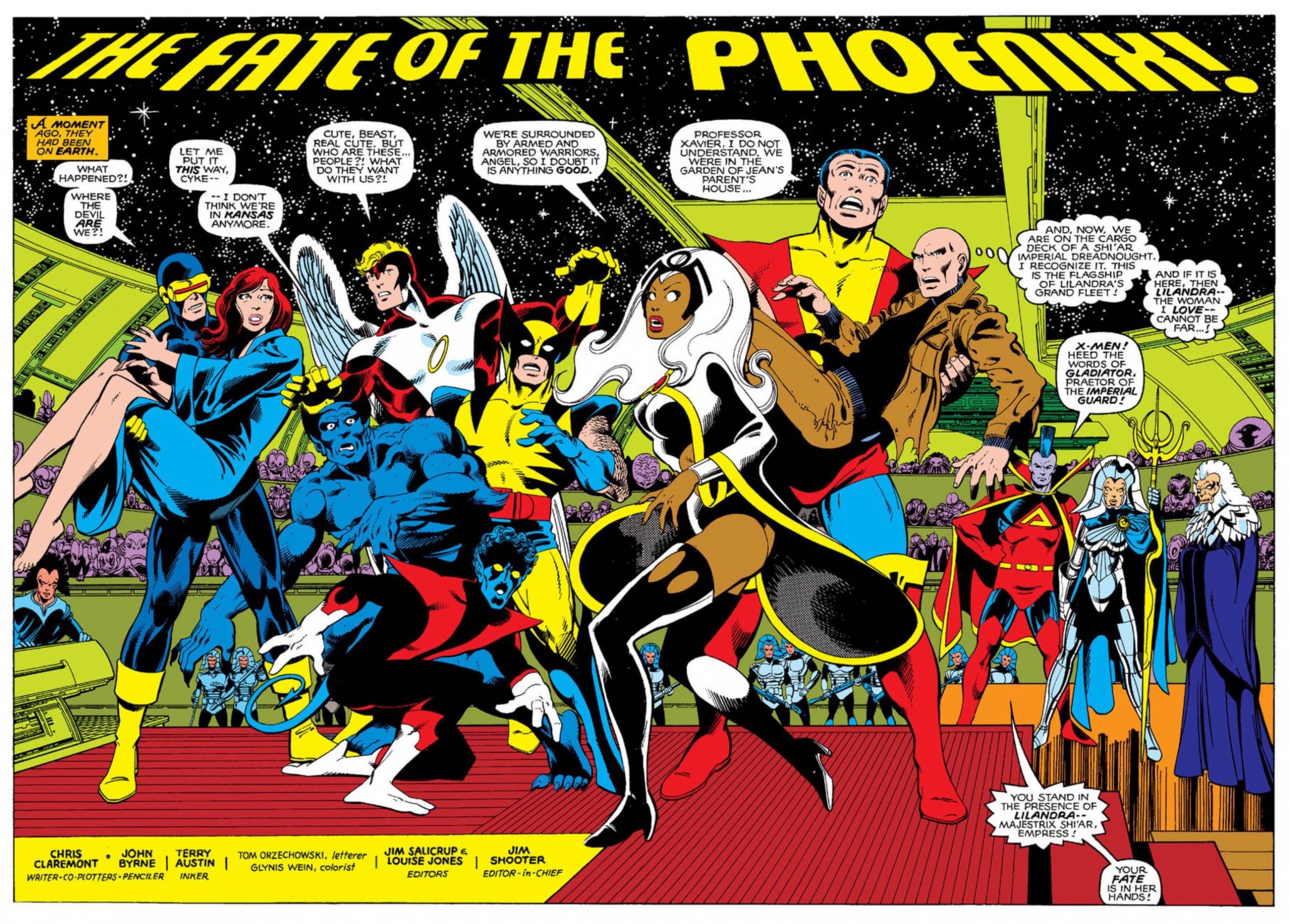
Along with returning X-Men Beast and Angel, there were some quick cameos and nice easter eggs to remind readers that they’re still in the Marvel Universe. This run introduces us to the Inner Circle of The Hellfire Club; expands the roster of the Shi’ar Imperial Guard; and introduces fan-favorite mutants Dazzler and everyone’s favorite phasing, hard-drinking, swashbuckling captain Kate Pryde, then a very young 13-and-a-half Kitty Pryde. After The Dark Phoenix Saga, Kitty would come back to be a regular team member, and act as the ‘everyperson’ character that new readers could associate with as they, too, discovered this new world of mutants post-Jean Grey.
The Dark Phoenix Saga plants the seeds for storylines that would take place decades after their initial publication, like Avengers vs X-Men or this year’s Marvel U crossover Empyre, which works in the Kree and Skrull agents who were present on the Moon for the story’s climactic last battle.
As we’ve learned from previous Retro Rundowns, the comics of this era were dense with dialogue, thought bubbles and caption boxes, and Claremont uses all of them to fully realize the inner workings of the characters that he and co-plotter Byrne put through the wringer.
As for the artwork, Byrne and Austin make for a dynamic duo on the visuals, with Byrne’s tight line work, interesting and distinctive looks for the characters and beautifully rendered art further enhanced by Austin’s sure hand on brush strokes and smart choices of textures and Zip-a-Tone effects adding a visceral feel to the events.
Wein and Orzechowski round out this all-time starting five, Orzechowski for the sheer volume of work put in with and Wein helping to flesh out the mood with a vibrant color pallet. (Note, the version of this that I read for this review was a remastered digital edition, as my original collection was lost due to water damage years ago.)
If you’re looking for the source material that two X-Men movies just couldn’t capture the essence of, this story may not be available for free from Comixology anymore, but don’t let that stop you from looking for it at your local comic book shop. This story is a master class in comic structure, pacing, design and set the blueprint for love triangles in comics.
The bottom line, while it helps to know the full story leading up to The Dark Phoenix Saga, Claremont and Byrne make it easy with quick recaps or explanation captions to bring readers up to speed on the X-Men, and with only a few tweaks this book holds up so well it could come out today.
Next week, another look at a classic Marvel storyline from years past!


